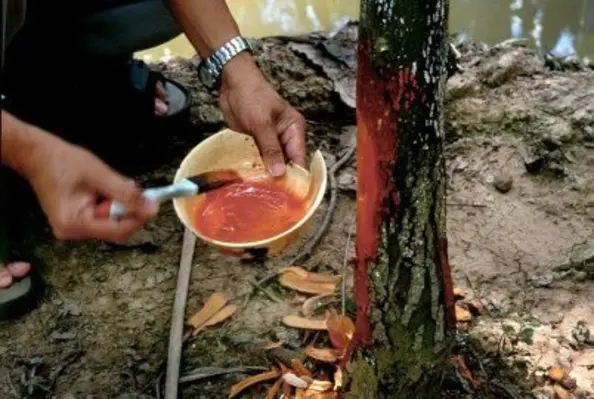Page 4 of 5
CocoaPhytophthora on cocoa is most frequently associated with pod rot (black pod) but Asian Pacific cocoa in countries like Malaysia and Papua New Guinea experience high levels of Phytophthora stem canker. In West Africa, where stem canker is not so prevalent (though still a problem), research shows incidence and distribution of cankers up the trunk is related to the actual source of inoculum, and therefore the particular species causing the problem.
Phytophthora pod rot and stem canker in West Africa are caused by Phytophthora. palmivora and Phytophthora megakarya, the latter best known for survival on cocoa debris in the soil. In areas where P. megakarya is the predominant species most stem cankers are found at the base or near the base of the tree trunk the inoculum responsible having originated in the soil. Where P. palmivora is most common cankers are found at positions much higher up the trunk having been sourced from infected flower-cushions.
Phytophthora stem cankers on cocoa are difficult to detect in the early stage because there are no external symptoms. However, careful scraping the bark reveals a pink-red discolouration of the cambium tissue. Any scraping and wound cleaning carried out in cocoa must be conducted with care because large treated areas fail to heal sufficiently and quickly lead to complete loss of trees.
Cuprous oxide has been used to a greater extent on cocoa than any other crop, and gram for gram is found to be the most effective of all fixed copper fungicides which includes copper oxychloride and cupric hydroxide. Discovery and use of cuprous oxide in the early 1930s coincided with the discovery that Phytophthora spreads from the pod along the peduncle and into the flower cushion, from where it develops into a stem canker.





